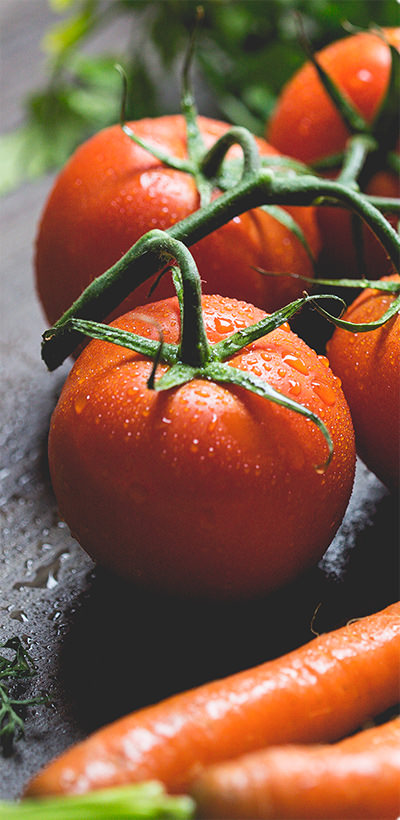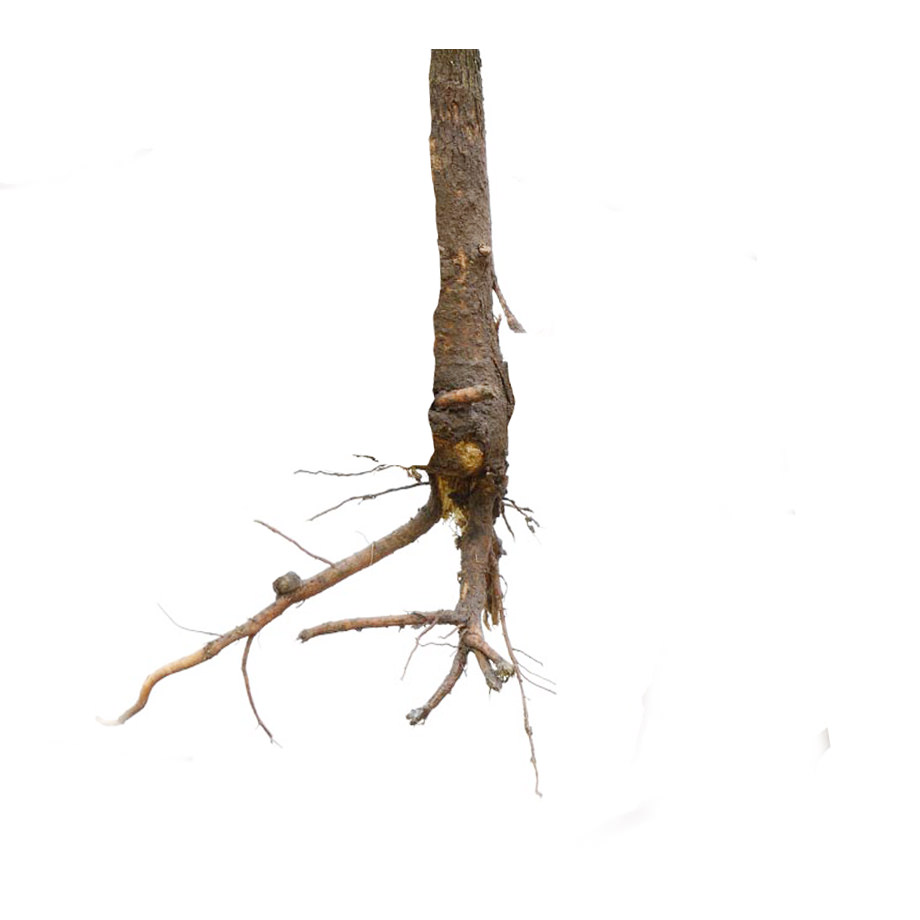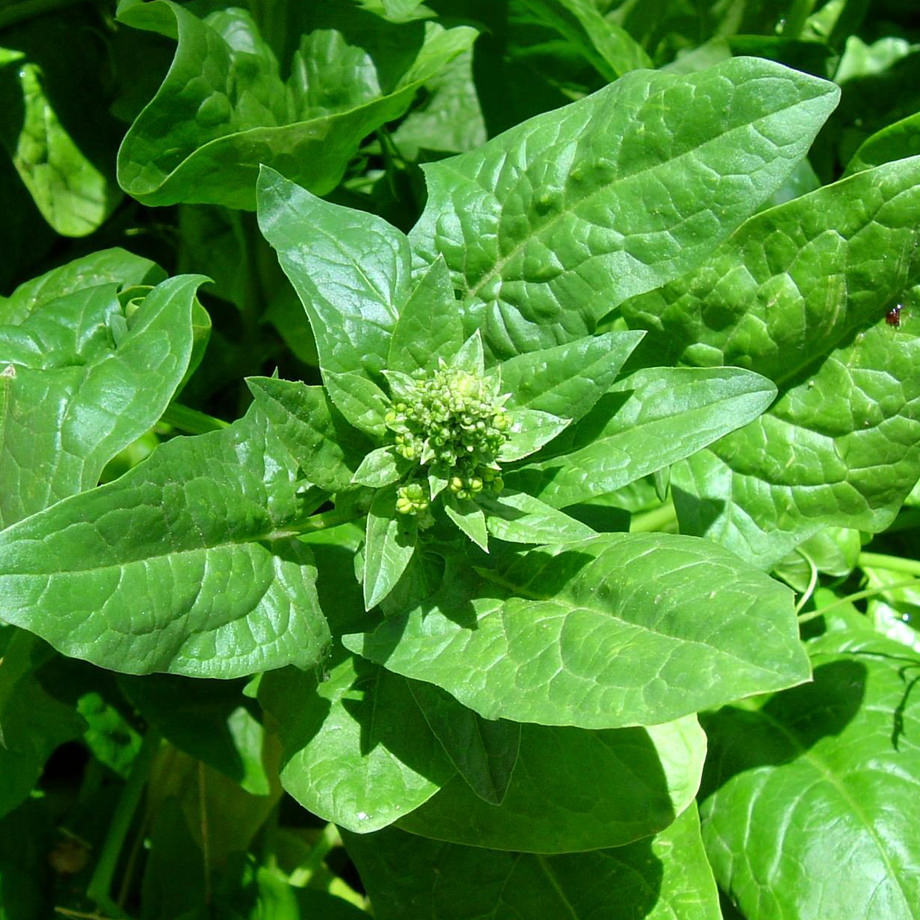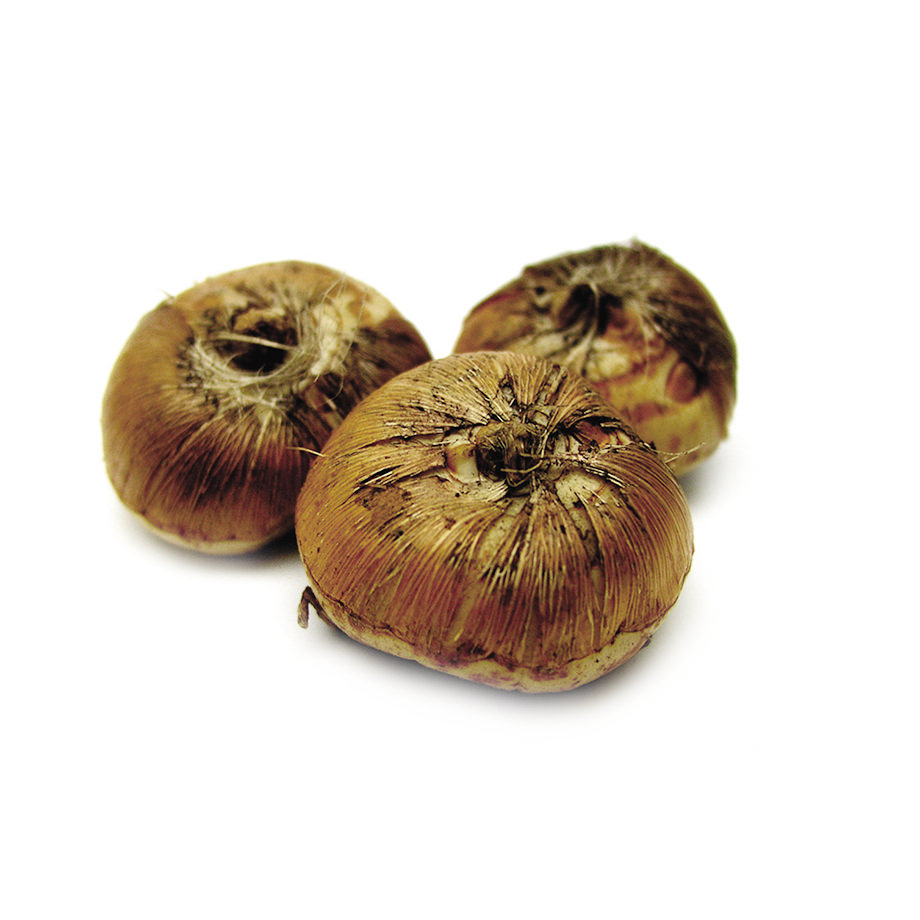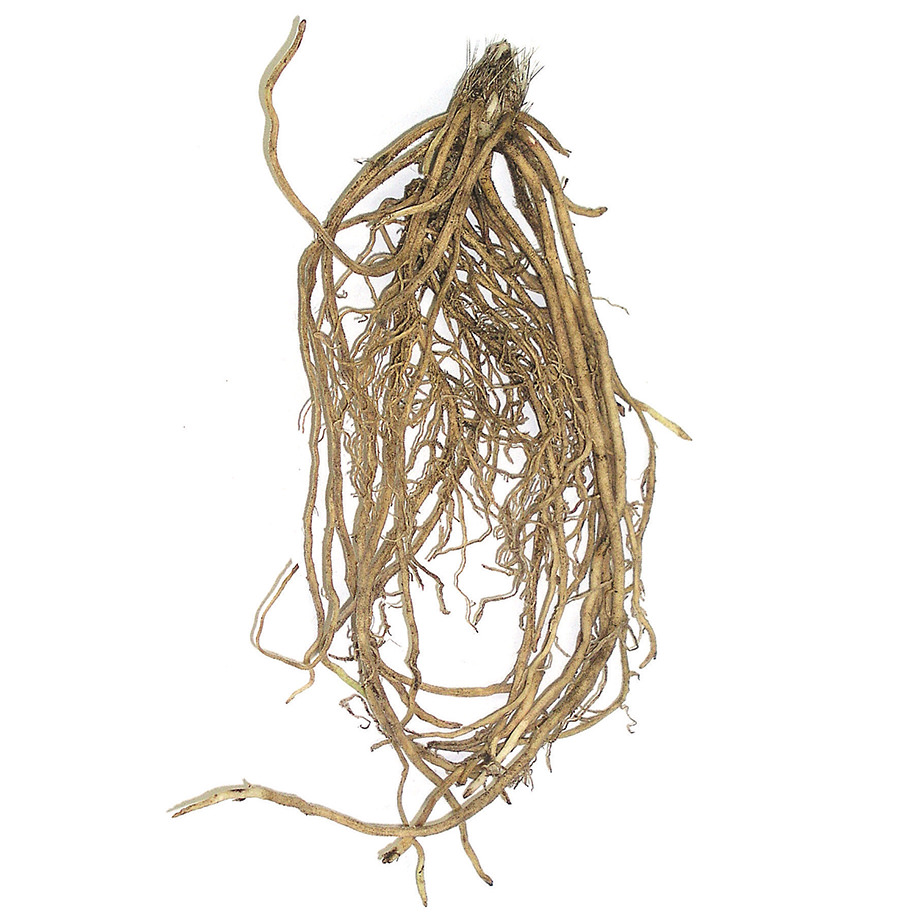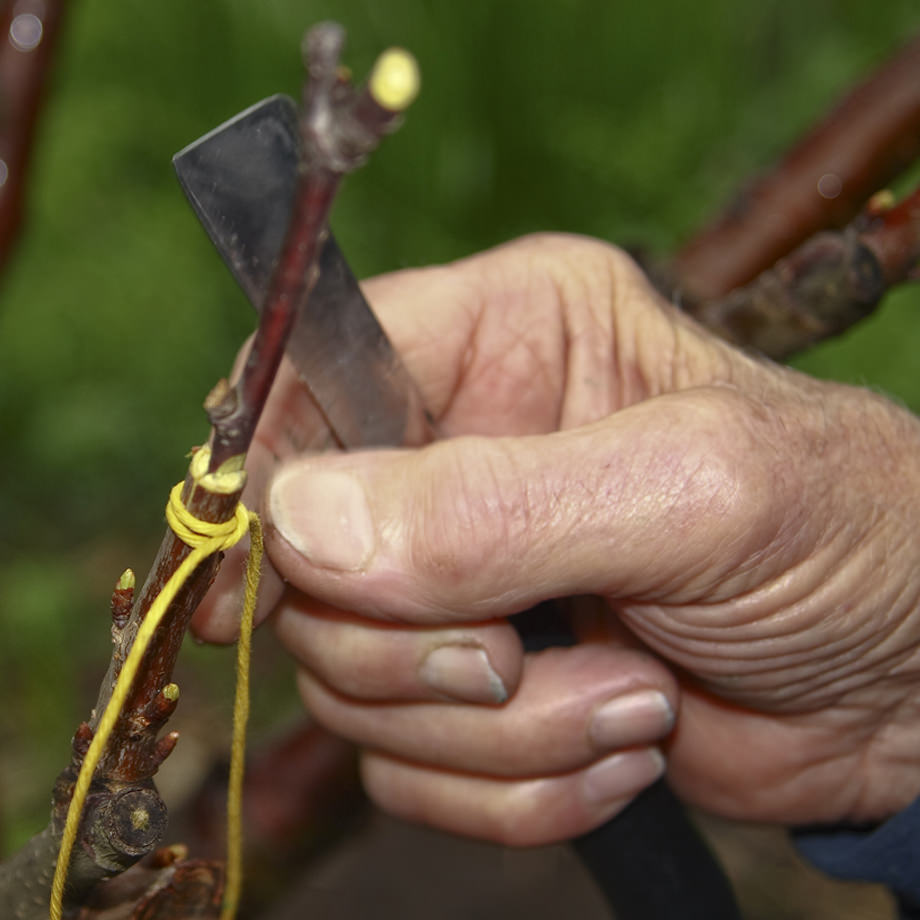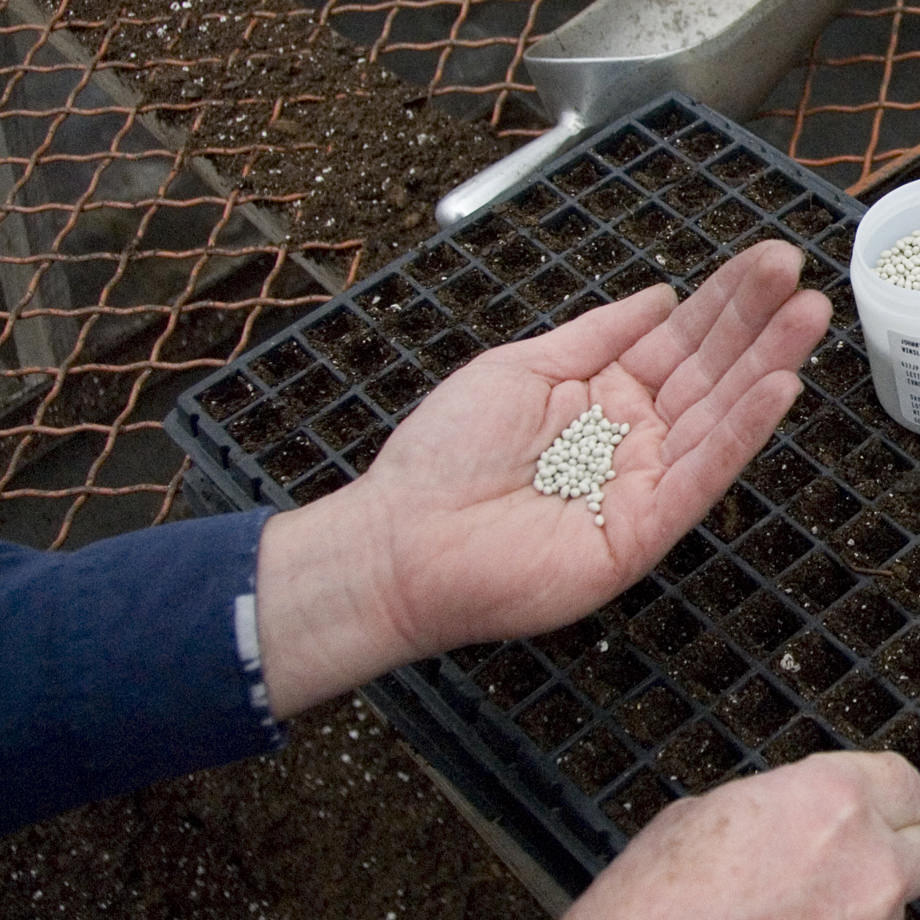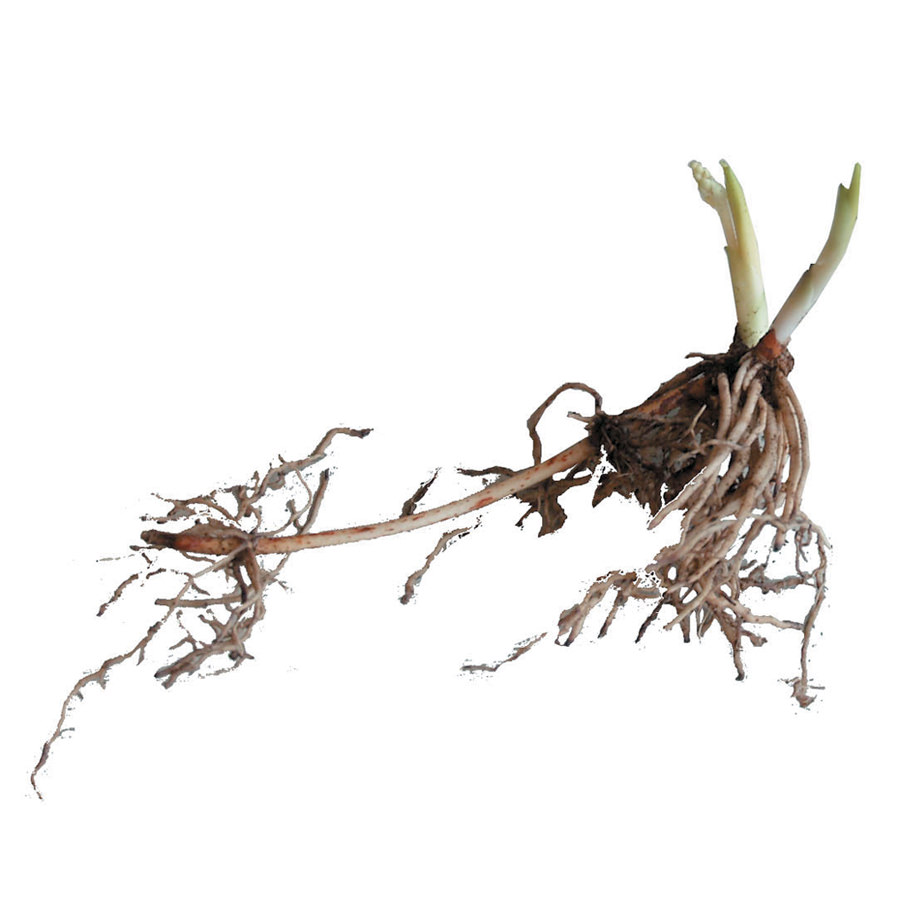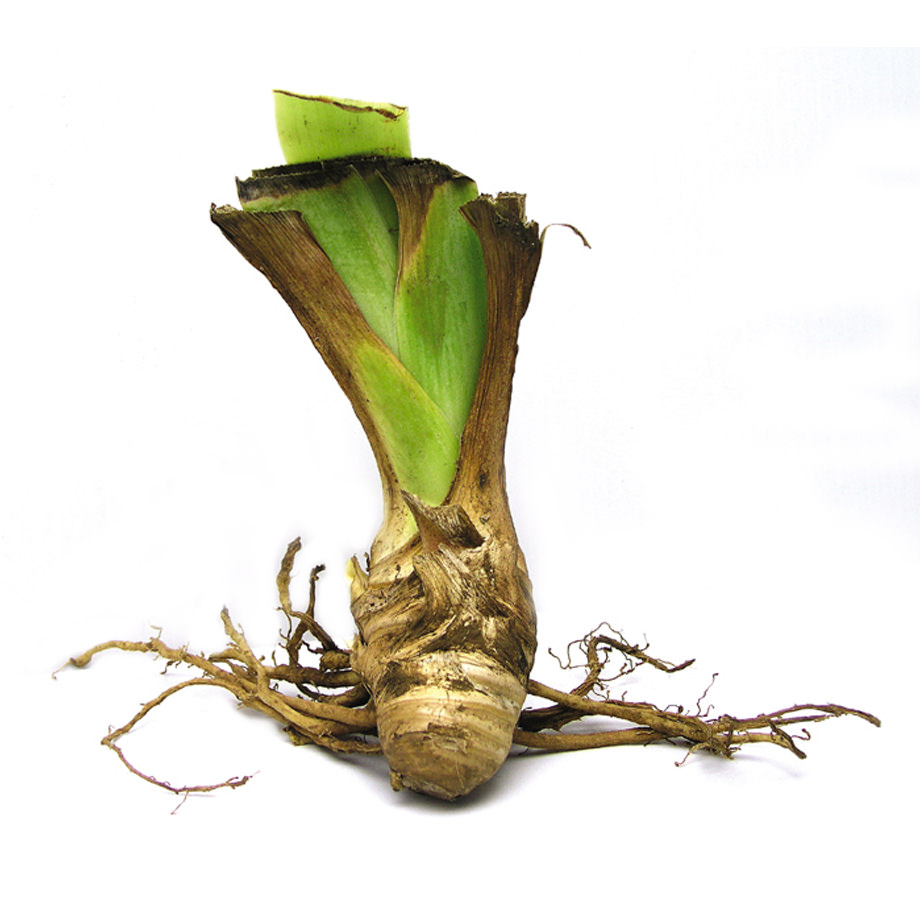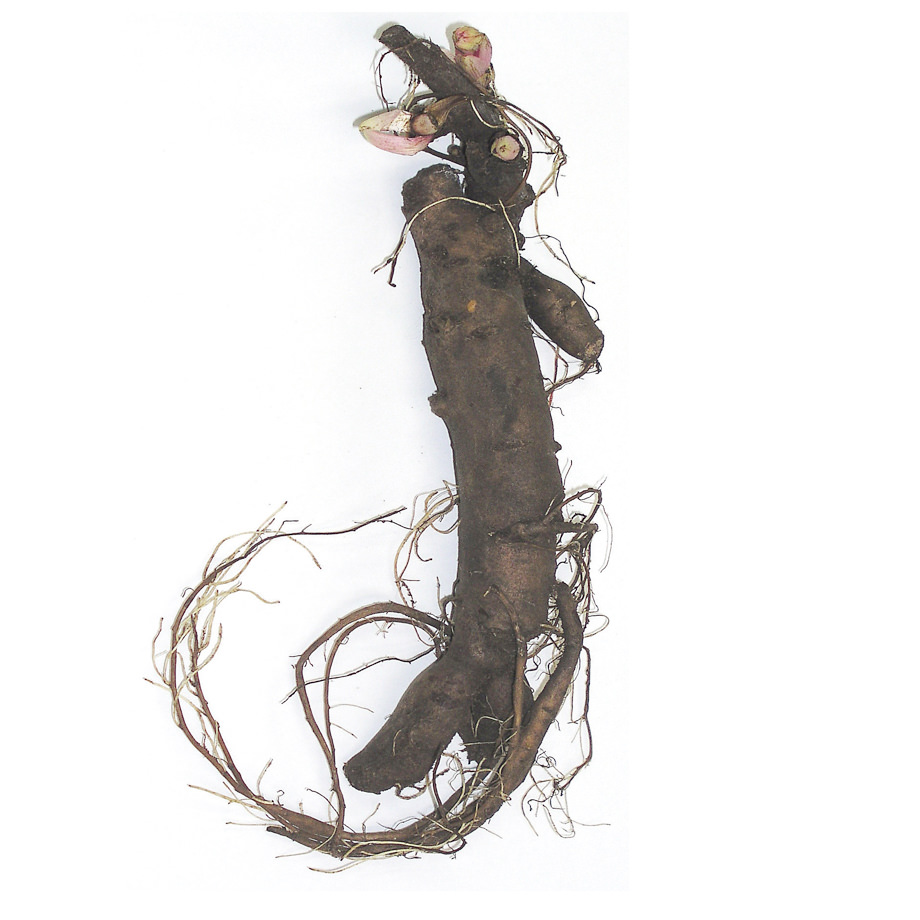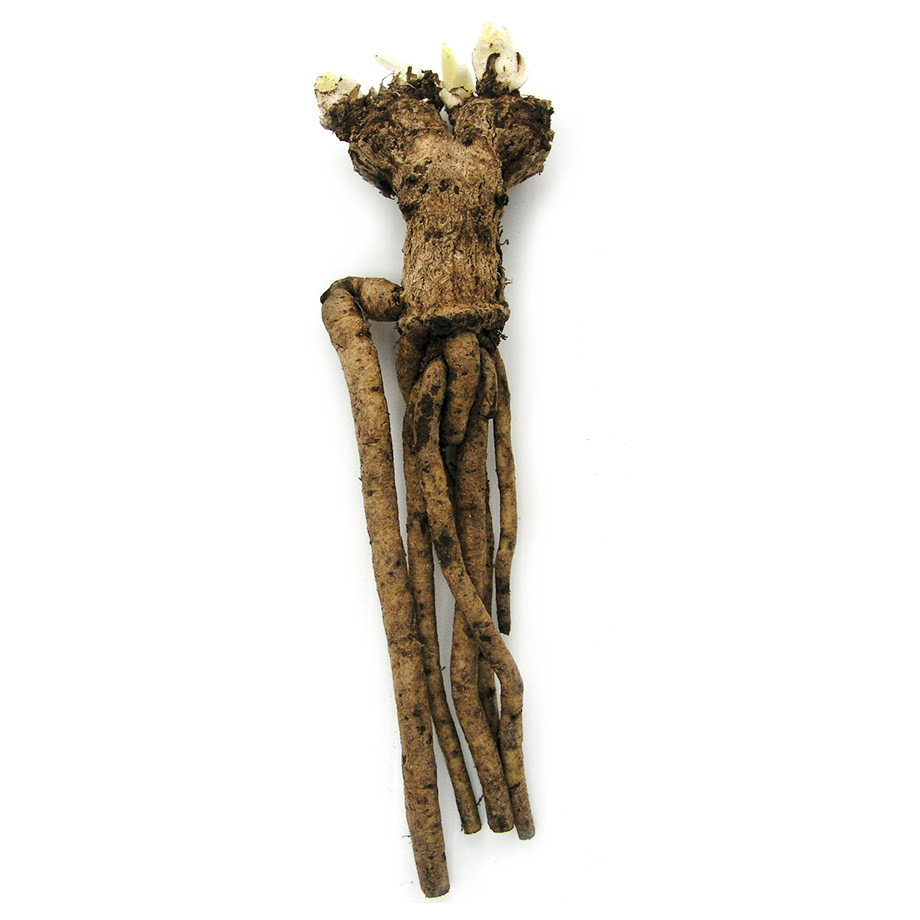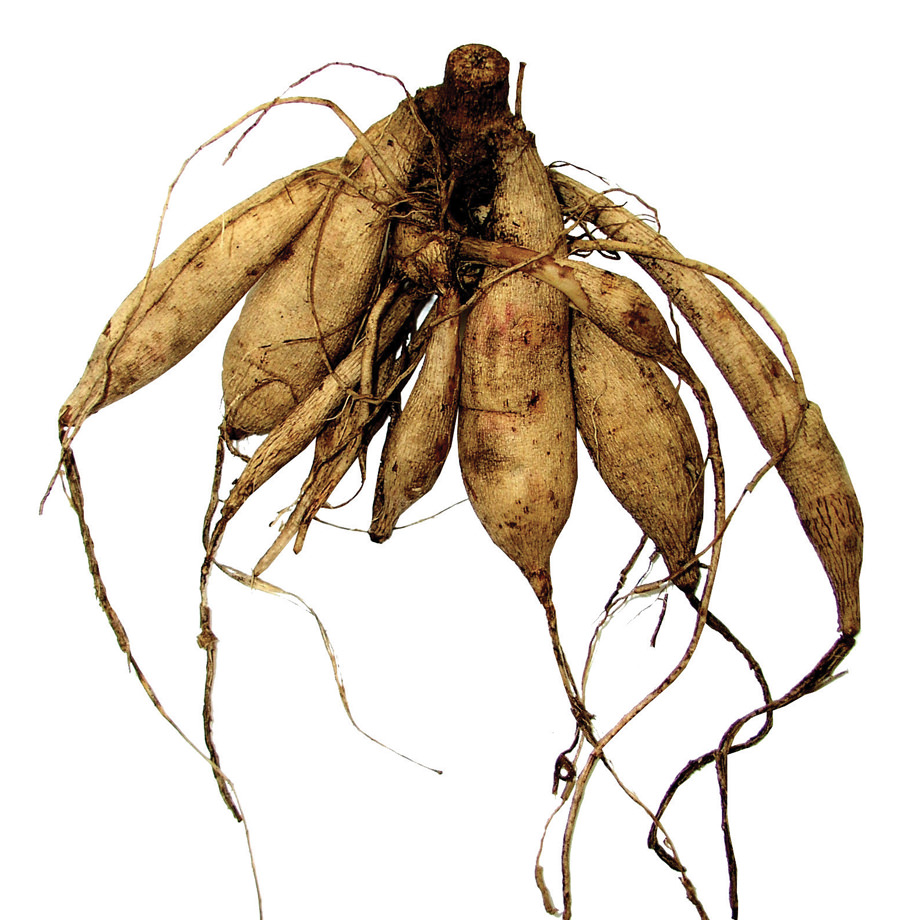
Gardening Terms & Definitions
AAS
All-America Selections (AAS) was founded in 1932 by W. Ray Hastings, as a way for home gardeners to learn which new varieties were significantly improved for better garden performance. AAS includes a network of over 40 trial grounds all over North America where new, never-before-sold varieties are grown and evaluated by skilled, impartial AAS Judges. Only the best performers are declared AAS Winners. AAS continues as the oldest, most established international testing organization in North America.
Annual
Plants that grow for only one season and need to be replanted from new seed or plants each spring.
Bare Roots
We describe some perennial items as ‘Bare Root’. This simply means plants are dormant and have exposed roots rather than formed in soil. Bare roots should be planted as soon as possible either in the ground or a pot, keeping the roots moist at all times. Roses, fruit trees, shrubs and several perennials come in bare root form and grow successfully.
Biennial
Plants that grow and flower two consecutive years to complete their life cycle.
Bolting
Plants send up a flower stalk as a means of survival and prematurely go to flower and then seed during unfavourable growing conditions. Garden vegetables such as lettuce, spinach and any crops that enjoy cool temperatures need to be harvested prior to bolting, which is brought on by warm temperatures.
Bulbs
A true bulb is a thickened, fleshy bud usually emitting roots from its underside. The stems, flowers and foliage will grow from the crown. The term bulb applies to a large class of flowering and ornamental bulbous-like plants in their dormant condition such as corms, tubers, rhizomes and pips. Examples: Lilies, Tulips, Onions.
Bulb Sizes
Sizes are given in centimeters for circumference. This is the international measuring standard for all bulbs. Veseys lists only the ‘top of the line’ bulb sizes.
Certified Organic Seeds
These are seeds that have been harvested from plants that are grown organically, without the use of synthetic fertilizers, herbicides or pesticides. National standards and an annual third-party audit and certification process ensure the integrity of this process.
Determinate or Indeterminate
These terms refer to growth habit and are generally seen in descriptions of tomatoes and squash. Determinate vines only grow to a certain height and will not require pruning (non-staking), Indeterminate vines continue to grow in height through the season, will need some support, pruning and room to grow.
Frost Dates
Frost dates are arranged by region and include the first frost date of the season and the final frost date of the season. For further information, refer to our Hardiness Zones/Frost dates.
Garden Inoculant
A growing medium that can be added to your garden, in particular for peas and beans. It contains Rhizobium bacteria which improves soil fertility and root systems as well as encouraging maximum plant growth and increased yields.
Hardiness Zones
Designated regions in which various types of plants will most likely survive due to ideal growing conditions. Each individual plant type, tree, shrub or perennial, is indicated where it is best suited to grow whether it is for zone 1 (being the coolest) or a zone 10 (being the warmest). For further information refer to our Hardiness Zones.
Heirloom
Heirloom seed is open pollinated varieties (plants that are true to first generation/parent) from cultivars which have been grown and passed down for generations.
Hybrid
A variety produced by the crossing of two purebred parents. Increased vigor, size, and disease resistance are major characteristics and results of this type of plant.
Light Requirements
Sun - 6 or more hours of direct sun per day
Part - 4 to 6 hours of direct sun per day
Shade - less than 4 hours of direct sun per day
Maturity Dates
An estimated period of time that you would expect a harvest from the date you planted. These days are directly influenced by region, soil type, time of planting, etc. These influences can change the expected maturity of a crop from 2 days to even 2 weeks or more. Maturity dates given in our catalogue are based on growing conditions on PEI and should be used as comparison only.
Naturalizing
Refers to plants or bulbs that can be planted and left to grow naturally. It usually implies that the plants are self-reliant, needing no special cultivation or tending, and that they will come back year after year in increased numbers.
Nick, Chip or Scarify Seed
For seeds that have a hard outer covering such as Morning glory or Banana it is recommended to scratch the surface of the seed coat by taking a file, sandpaper or knife. This will allow for quicker and more successful germination.
Open Pollinated
These non-hybrid varieties will breed true to the parents from one generation to the next. However, due to uncontrolled pollination by wind or insects, they can be more variable than hybrids.
Perennial
Plants that grow back year after year from the original roots or from self-seeding. Some plants will benefit from division after three years.
Potted Plants
Indicates the pot size in which a plant will be shipped to you. Where this applies, we have indicated the exact pot size in item descriptions.
Roots with Eyes
A form of rhizome where the size of the plant grade is determined by the number of eyes or buds. Eyes refer to the point of growth on a plant root. Depending on the plant, 1-2 or 2-3 eye plant roots are the highest grade and are blooming size. Peonies, Astilbes and Hosta have 'eyes'.
Soil pH
“p” stands for potential and the “H” stands for hydrogen. This scale runs from 0 – 14.7. The lower the number on this scale the more acidic your soil will be. Lime can be added to “sweeten” or raise the pH to a more desirable growing medium. A balanced soil would be considered at 7 on the pH scale also known as neutral. Higher numbers on this scale determine that soil is more alkaline and may need an addition of sulfur to lower it. If you are unsure of your soil’s pH it is recommended to have a soil analysis completed prior to planting to ensure your plants grow successfully. This analysis will determine what you may need to amend your soil with.
Tender Perennial
Perennial plants that are not hardy in cold climates, where they may be grown as an annual.
Treated Seeds
Some varieties have better germination results if they have been treated with a coating of fungicide or insecticide to protect them from soil borne diseases in cool or moist conditions. Any treated varieties we sell are indicated as such in the item description.
Untreated Seeds
The majority of seeds we sell are untreated seeds. These seeds have not been treated with chemicals.
Yields
The number of fruit or vegetable that one plant will produce.



